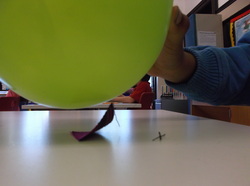
Why is it that after you rub a balloon on your head that it can "pick up" certain objects?
Third graders are learning about electricity! While this is often a challenging concept to understand because children need to have a firm grasp on matter first, static electricity is a concrete way to understand an underlying part of electricity--electrons!
All matter is made up of atoms. Atoms contain three particles--protons (+), neutons (no-charge) and electrons (-). Electrons are always on the move and may even "build up" on other objects. This "build up" of charges is known as static electricity. When an object that is negatively charged (extra electrons) comes in contact with an object that is neutrally (equal protons/electrons) or positively charged (less electrons), a shock can be felt or a spark can be seen. These are all examples of static electricity. The link to the right, Balloons and Static Electricity (choose Run in HTML5), shows just how static electricity can occur.
Third graders are learning about electricity! While this is often a challenging concept to understand because children need to have a firm grasp on matter first, static electricity is a concrete way to understand an underlying part of electricity--electrons!
All matter is made up of atoms. Atoms contain three particles--protons (+), neutons (no-charge) and electrons (-). Electrons are always on the move and may even "build up" on other objects. This "build up" of charges is known as static electricity. When an object that is negatively charged (extra electrons) comes in contact with an object that is neutrally (equal protons/electrons) or positively charged (less electrons), a shock can be felt or a spark can be seen. These are all examples of static electricity. The link to the right, Balloons and Static Electricity (choose Run in HTML5), shows just how static electricity can occur.
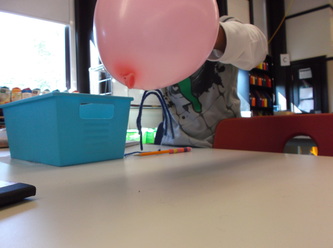
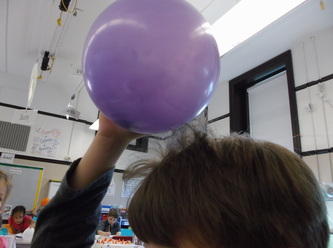
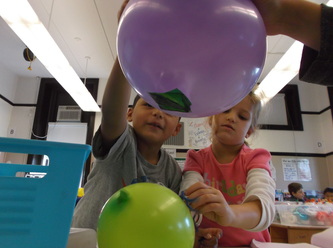

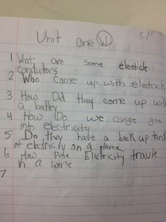
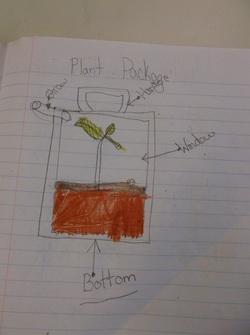
 RSS Feed
RSS Feed